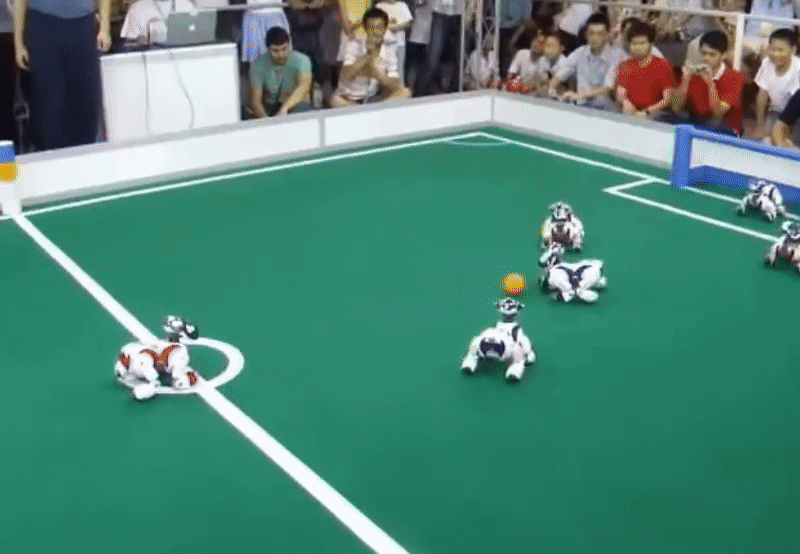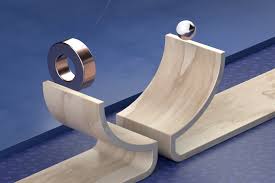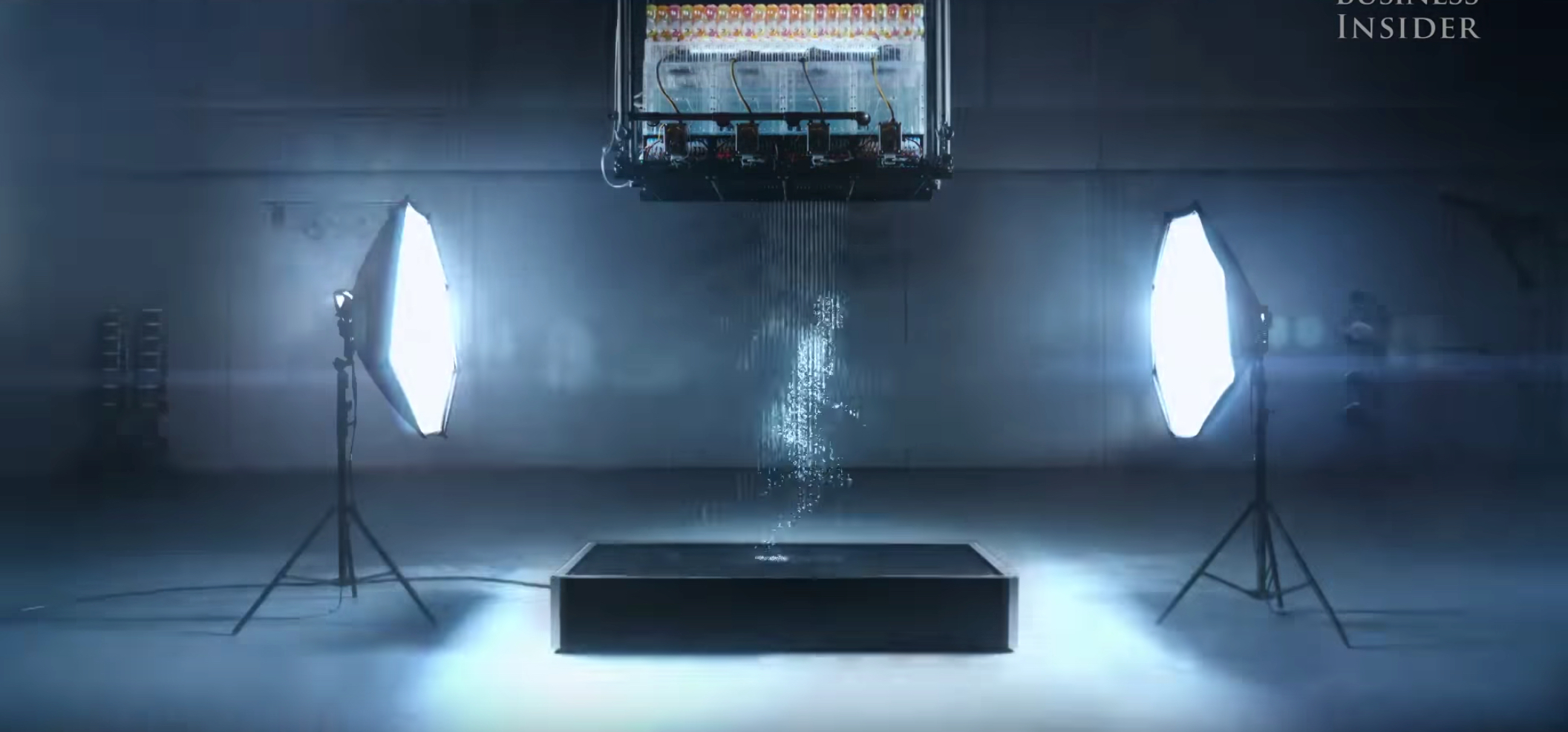Spectacle vs. speculation: A spectacle is something commonly associated with the "higher end" while its purpose is more often than not profit-oriented and less about its own awareness. Speculation is more related to the social engagement that is more ambiguous with its goals, but it is focused on the actual content itself (radicality, relativity, disempowerment, etc.) rather than for an ulterior motive.
One of my previous looking outwards project describes the AIBO (or Artificial Intelligence Robot). Although at first, I assumed it would be more related to being a spectacle in its mass production and appeal to the crowd (design and functionality wise), I believe it is, in a way, both a spectacle and speculation. I think it's inherently tied with speculation in that the AIBO soccer matches were started as a way to further AI technology, with groups around the world participating on advancing their own AIBOs to improve and share information with others. Acceleration: The AIBO are constantly being renewed and improved not just from one company, but by other groups and individuals across the world. Visibility: They are creating events like the soccer tournaments to raise awareness of AI technology. Surplus: Each generation of AIBOs have the potential to be further renovated by others; nothing is "wasted". Commerce: Production of AIBOs were created with its introductory goal being commerce.




/cdn.vox-cdn.com/uploads/chorus_image/image/46236274/ef989fe2-5c9b-4437-ad74-eebf34fbb625.0.0.jpg)






